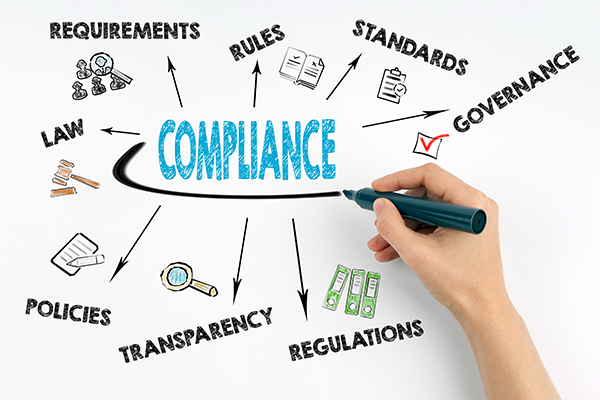Taking the correct steps towards ADA compliance
Sep 14 2022
If you’ve reached the stage where you understand the need to address the threat posed by a lack of ADA compliance, you ought to know that 94% of website homepages have compliance failures. Whether you have a coded, bespoke website or one constructed using templates from a Content Management System (CMS), there is no difference. It’s a steep challenge to create a fully compliant site that then remains so going forward.
Unreasonable expectations or inflated claims?
The expectation of some when they purchase one of the many ADA compliance solutions on the market is that they will instantly fix the problem, your website will immediately be compliant, and the threat of litigation will disappear. The reality is that whilst some solutions claim to provide this, a portion of clients belonging to these solution providers continue to deal with litigation cases against them.
Every organization should strive for a better and inclusive website; however, your efforts to prevent litigation may still be in vain unless you can demonstrate that you have made ‘reasonable adjustments’ (an ADA requirement). Simply purchasing one of these solutions will, in most cases, not be enough to satisfy this criterion.
There is a better way
Whatever improvements you need to make to your website, first protect yourself from the lawyers who have placed a spotlight on ADA compliance and are actively looking for targets. Then, you really will have made a difference from day one, with protection in place from costly litigation whilst the required work on your site is being carried out.
You’ll need a plan that takes you through the necessary process and helps you to manage your risks by prioritizing corrective actions and providing training to those doing the work. It’s essential to add to this robust vendor contracts, that will hold those working on your site accountable and then monitor their progress from that point. By doing this, you’ll have put a solid foundation in place that will offer protection whilst work is taking place on your site.
AAAtraq’s solution takes you step by step through all the above, and by putting these measures in place you will receive up to $50,000 costs coverage insurance (with no deductible) to protect you in the event of a claim. In addition, you will have a self-evidencing claims management system that includes an on-going audit - a continuous record of your compliance activities.
With the stress removed from the situation you are free to work on your site.
Carrying out the work
Firstly, you’ll need to assess your risk, then once you understand if you are exposed (most are) you can take the appropriate measures. Anyone can obtain their FREE Risk Report, including their compliance score, from https://AAAtraq.com.
Some organizations have the in-house technical skills required to make significant changes to their website, but you may need to find vendors (or suppliers) who can carry out fixes for you. For this to work properly, it is important that you put the correct contract is in place - one that holds the vendor accountable to carry out work that is compliant. AAAtraq’s Vendor Management system will guide you through a process that makes vendors aware of their responsibilities and records all communications related to this and the contract.
Once these measures are in place you need to be able to monitor that the individuals or organizations carrying out the work are doing a good job. A single ‘compliance score’ and risk indicator (green is good – red is bad), will help you gauge progress as you aim to reduce the score.
You’ll have prioritized pages that should be worked on first, and via using a diagnostic tool such as Sitemorse, you can then go further and pinpoint the technical detail that needs to be addressed. Adopting this approach will save thousands compared to the manual alternative: employing the skills required to find the fixes needed.
Diagnostic testing tools
QA based tools and services like Sitemorse, Siteimprove and Monsido dig deeper into all the issues affecting compliance (both content and technical) and provide you with details (diagnostics) that include the exact location and requirement of the fix that needs to be made.
They are all tools that compliment AAAtraq, but Sitemorse diagnostics can be accessed as part of the service. Now, with the appropriate vendor contracts in place you will be ready to start carrying out work highlighted by these tools to improve the accessibility and inclusion of your website.
One step at a time
Achieving compliance isn’t easy, there’s no immediate fix and nobody can fix your website but you (or the party that you employ). However, by taking steps in the correct order, you can protect your organization against litigation, ensure that 3rd parties working on your site are held accountable, and get your team trained on the non-technical tasks before progressing to tasks that may require outside technical assistance.
By taking these steps you can illustrate your efforts to make ‘reasonable adjustment’ and demonstrate your compliance progress with an audit trail that details your activities.
Subscribe to AAAtraq and enjoy complete cover and peace of mind
